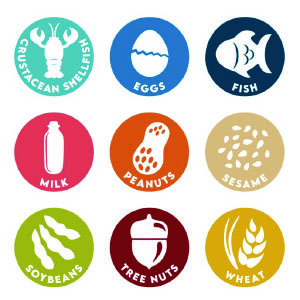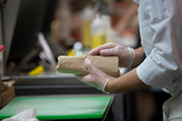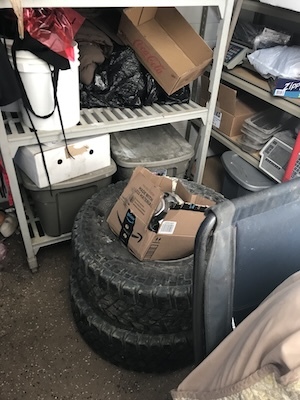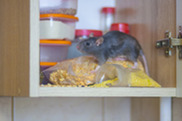|
Having trouble viewing this email? View it as a Web page.
|
|
|
|
Unlocking Opportunities: A New Dimension in Food Safety Training
Thanks to a grant, Consumer Health and Food Safety has acquired a GoPro camera, poised to transform routine inspections into valuable learning experiences for both our team and the vibrant restaurant community we serve.

Food and Misinformation
Our food safety inspectors have heard many incorrect food safety assumptions. There is SO much misinformation about our food and what it goes through before it gets to our plates. Maybe we need a required course in middle and high school so that more people would be aware of safety and food.
|

Allergen Etiquette: Recommendations for Navigating Questions and Providing Information about Allergens
Running a restaurant can be a tricky business, catering to a diverse group of people who often have dietary restrictions and preferences. For some people, it can become an instance of life and death. Allergens are a main reason customers may avoid eating out and nowadays more than ever, people are becoming more aware of certain foods they may be allergic to.
|

Getting certified as a food handler has never been so easy
Consumer Health and Food Safety has a course and exam for you to become Food Handler certified. The Food Handler classes are now available in an online video on our website. Our course not only provides food safety information but also valuable information on how CHFS conducts routine inspections.
|

Spring Cleaning and Unnecessary Equipment
The best way to prevent pests in your restaurant is to perform routine deep cleaning and to remove any places that can potentially provide harborage to pests.
Pest harborage can come in many shapes and sizes in a restaurant. Best practice would be to keep only the essential items and equipment.
|

Inspection ratings are public information
A reminder that routine inspection ratings of food establishments, school campuses, campgrounds, public/semi-public pools, lodging facilities, and mobile home/R.V. park facilities are public information.
This information is made available through our disclosure site, accessible to everyone, including the media. Likewise, the media may choose to announce your routine inspection rating and violations noted on your inspection report.
|

Typhoid Mary and
Foodborne Illness
No bare hand contact is allowed for foods that can be eaten without a kill step (heat/cooked). This includes salad, bread, chips, sandwiches, ice, fruit and foods that are assembled after they have been cooked. Food code requires that either gloves or utensils be used when assembling or touching these foods.
|

Cross Contamination and
Food Allergies
Normally when we think of cross contamination, we think of using the same cutting board or knife when preparing raw meats and ready-to-eat foods such as raw vegetables. Another kind of cross contamination can involve foods that cause an allergic reaction for some people. Both require procedures to prevent these foods from mixing, touching or accidentally ending up in a person’s meal.
|

What is active managerial control?
Active managerial control (AMC) is a proactive approach to control foodborne illness risk factors and helps minimize the occurrence of food safety violations.
By implementing active managerial control, a food establishment will find and correct food safety violations rather than waiting for the health department to identify the violation at the time of inspection.
|
|
|
|